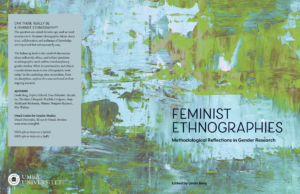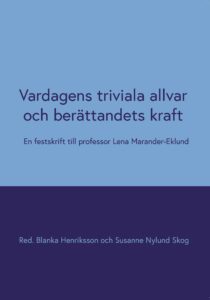Umeå-prästen Pehr Stenberg (1758-1824) skrev ett omfattande självbiografiskt manus som nyligen givits ut i sin helhet. I antologin Från Pehr Stenbergs värld (Umeå, 2023) studeras med olika infallsvinklar bondsonens Stenbergs försök att finna sig till rätta med sin sociala status.
Alf Arvidsson diskuterar hur Stenberg i sitt dagliga liv hanterade sin sociala bakgrund när han som fattig student skulle smälta in i herrskapsmiljöer, och som andlig ledare och moralisk övervakare för allmogen och som präst i Umeå stad.
Historikern Ina Lindblom tar fasta på vad Stenbergs öppenhjärtiga beskrivningar kan säga om synen på känslor under slutet av 1700-talet, genom att studera hans skildring av den ogrundade svartsjuka han hyste mot sin andra fru. Stenbergs svartsjuka kan relateras till samtida föreställningar om äktenskap, kärlek, heder, fysisk och psykisk patologi samt religion.
Museologen och idéhistorikern Richard Pettersson sätter in Stenberg i sitt samtida intellektuella sammanhang, där en stabil auktoritetstro utmanas av upplysningsidéer och nya sätt att betrakta människan i tillvaron.
En reviderad artikel av redaktörerna för utgivningen av levernesbeskrivningen, Göran Stenberg, Ola Wennstedt och Fredrik Elgh, kompletterar framställningen med att redogöra för tillkomsten och Stenbergs skrivstrategier, särskilt betydelsen av samtida litteratur som förebilder.
Etnologiska skrifter, Umeå universitet ISSN 1103-6516 ; 80
ISBN: 9789180701969 (tryckt)
ISBN: 9789180701976 (digital)
https://urn.kb.se/resolve?urn=urn:nbn:se:umu:diva-217515


 Vardagens triviala allvar och berättandets kraft.
Vardagens triviala allvar och berättandets kraft.